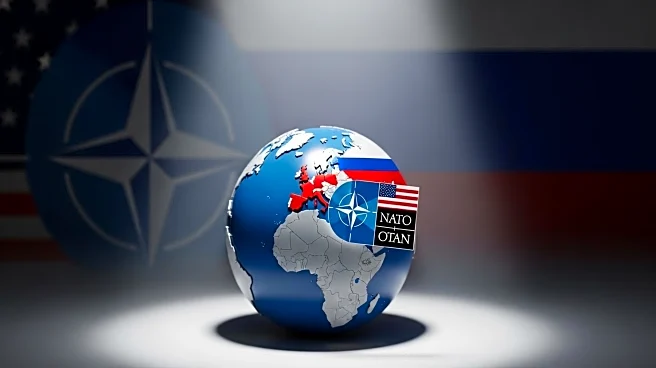What's Happening?
Chinese and Russian submarines have conducted a joint patrol, marking a significant step in their growing military partnership. The patrol involved two submarines, a Russian submarine Volkhov and a Chinese sub, accompanied by two Russian surface ships. This exercise follows a joint anti-submarine exercise earlier in the month. The patrol is seen as a potential deterrent against the AUKUS agreement, which involves the U.S., U.K., and Australia. Experts suggest that this collaboration indicates a high level of strategic mutual trust between China and Russia, although they have not yet cooperated openly with nuclear-powered submarines.
Why It's Important?
The joint patrols by China and Russia could signal a shift in maritime dynamics, potentially impacting U.S. military operations and alliances in the Asia-Pacific region. The collaboration may serve as a counter to the AUKUS agreement, which aims to bolster Australia's naval capabilities with nuclear submarines. This development could lead to increased military tensions and necessitate strategic adjustments by the U.S. and its allies. The growing partnership between China and Russia might challenge U.S. influence and require enhanced military readiness.
What's Next?
Future cooperation between China and Russia involving nuclear-powered submarines could indicate a deeper military alliance, potentially leading to more advanced technological sharing. This could pose a significant challenge to U.S. military strategy and necessitate a reevaluation of defense policies in the region. The U.S. may need to increase its military presence and strengthen alliances to counterbalance this emerging partnership.












